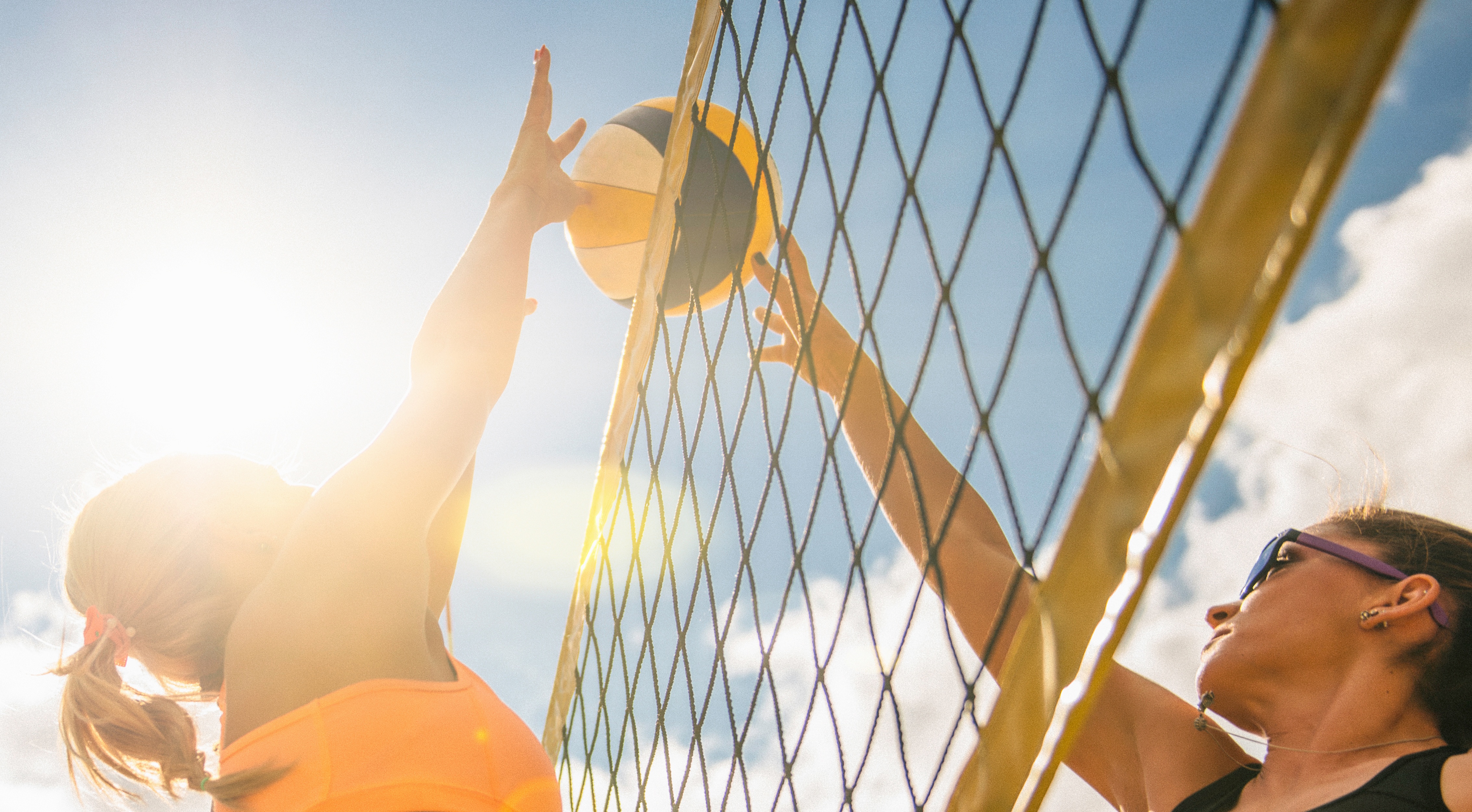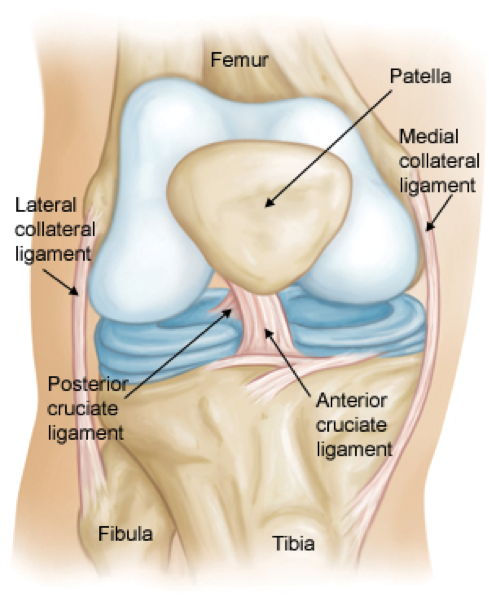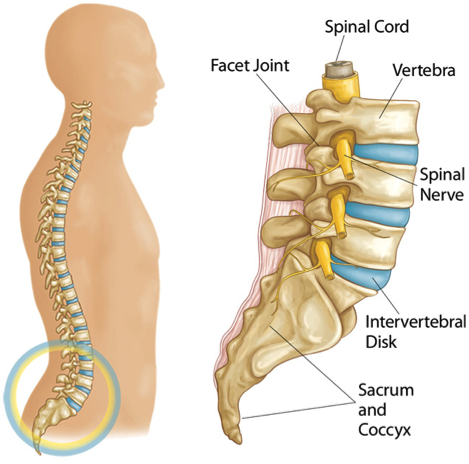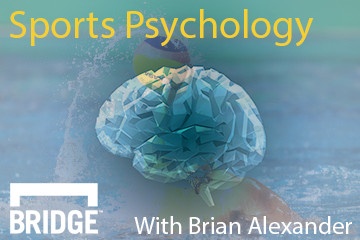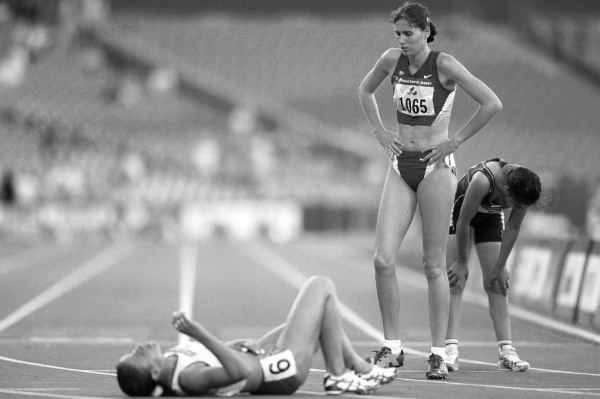Vitamin D: A Key Player in Bone Health, Sports Performance, & Recovery
By Dr. Emily Kraus on February 13, 2017
With the high amounts of snow and rain this winter, it’s been especially challenging to get outdoors, raising an important question: are you getting enough Vitamin D? Studies have found that 56% of athletes have inadequate Vitamin D levels.1 Vitamin D, commonly referred to as the “Sunshine Vitamin” is not only essential for normal body function, but new research on athletes demonstrates an important role in sports performance and injury prevention. This article will focus on how athletes acquire and metabolize Vitamin D, its effects on performance parameters, bone health and immunity, and the controversy of optimal levels and supplementation.
Read More
This month’s edition of Sport Psychology addresses two potential team issues that coaches can face when teams are just coming together and establishing baseline norms. Here are two case studies that can help guide coaches in how to address these situations.
Read MoreMoving through the stages of team development (Tuckman, 1965), a team will eventually learn to constructively set aside their conflicts and establish important norms of behavior that are unique to the team culture.
Read MoreWhether you’re an athlete, coach, athletic trainer, or just an avid sports fan, you likely know someone with an injury to her or his anterior cruciate ligament (ACL) or you may have been in the unfortunate situation to experience the injury firsthand. ACL injuries are a common sports-related injury with an annual incidence of 120,000, occurring primarily during the high school and college years.1 Even more shocking is that this rate is increasing, especially in females. This article will focus on ACL injuries in the female athlete (although many recommendations can be applied to both sexes), with discussion on the science behind the injury, the debate on management options, and prevention strategies.
Read More
This month’s edition of Sport Psychology addresses two challenging situations that coaches can face with their players who may not have team success as their top priority. Here are two case studies that can help guide coaches in how to address these situations.
As a coach, knowing how to take the right steps to help your team resolve and grow through difficult situations can be the biggest challenge you face. The following examples will demonstrate how to face some hypothetical scenarios where team cohesion was in jeopardy and suggest some steps to help unite your athletes.
This month’s edition of Sport Psychology is for the coaches and individual athletes who struggle to address conflict within their team and themselves. This is the second article in a four part series.
The biggest challenges team’s face are usually the unaddressed interpersonal conflicts and internal discrepancies that seem too intimidating to talk about. Challenges such as athletes gossiping behind teammates’ backs to create social cliques or athletes and coaches ridiculing one another to other members of the team or staff build more conflict that directs attention away from the team’s success. If left alone, this can lead to the deterioration of the team. Many times coaches and athletes choose not to bring the interpersonal problems up in front of the team because they either think that the problem will dissolve naturally or that talking about them will bring about more problems. Usually the conflict works its way through the team in exactly the opposite way.
When a swimmer explodes off the starting blocks, each muscle needs to be firing in the proper sequence with full mobility to perform at the top level. Low back pain (LBP) can greatly hinder both performance and mobility. Although not as common as shoulder injuries, studies report low back injuries in 16% of elite swimmers,1 while other studies have reported much higher rates, ranging from 77%-87% in both high load and recreational swimmers.2 Low back pain affects swimmers of all ages, from the novice to elite level. This article will take you through a brief review of the anatomy and function of the back, causes and risk factors for LBP, and finally prevention and management strategies.
Read MoreSports Psychology: Forming Expectations and Roles for Your Team
By BridgeAthletic on September 20, 2016
This month’s edition of Sports Psychology is for the coaches and individual athletes who want to plan for success and find ways to evaluate where to adjust if needed. This is the first article in a four part series.
Read MoreBeat the Heat: Cooling Methods and Exertional Heat-Related Illness
By Dr. Emily Kraus on August 29, 2016
Okay, so you’ve fully acclimated yourself to the heat and mastered your hydration plan. You’re almost ready to take on the blisteringly hot, swelteringly humid conditions of competition. A discussion on heat training would not be complete without addressing cooling methods and early identification of exertional heat-related illness.
Read More
